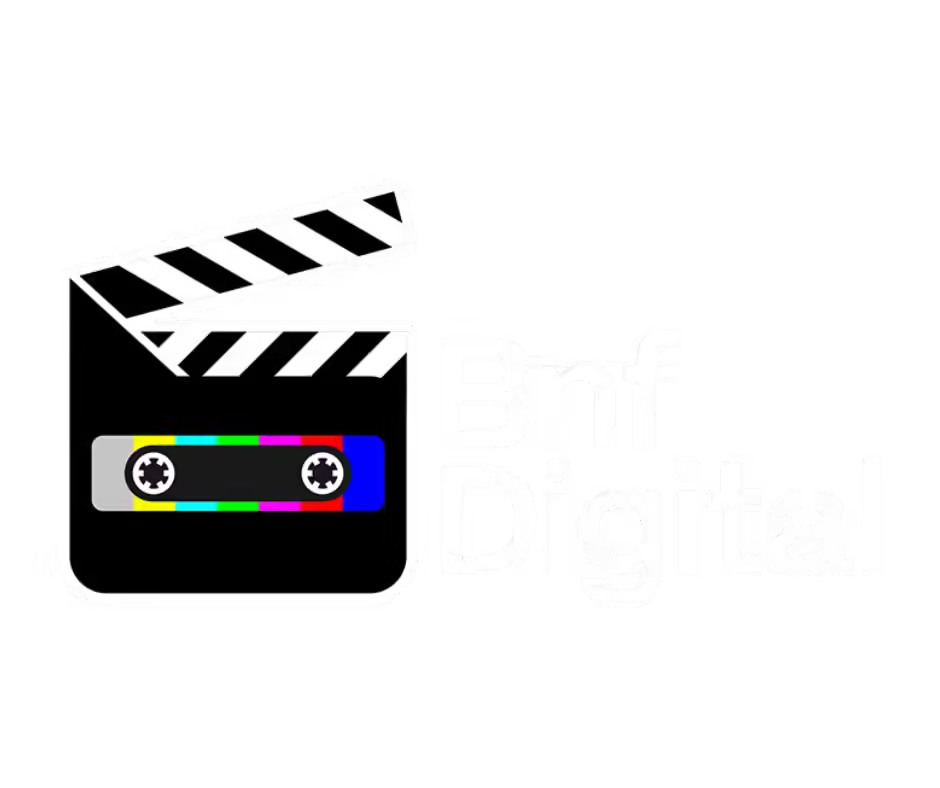

Best AI Writing Tools of 2024: Comprehensive SEO Checklist
In the fast-paced digital age, content creation is critical for online success. Artificial Intelligence (AI) writing tools have become indispensable for marketers, bloggers, and businesses, offering efficiency, creativity, and consistency. As we navigate 2024, let’s explore the best AI writing tools available and provide a comprehensive SEO checklist to ensure your content ranks high on search engines.
The Evolution of AI Writing Tools
AI writing tools have significantly evolved, transforming from basic grammar checkers to sophisticated content generators. Leveraging advanced algorithms and natural language processing (NLP), these tools can produce high-quality content that rivals human writing. They help in various aspects, from brainstorming ideas and drafting articles to optimizing for SEO and ensuring readability.
Top AI Writing Tools of 2024
1. OpenAI’s ChatGPT-4
OpenAI’s ChatGPT-4 continues to be a frontrunner in the AI writing landscape. Its advanced NLP capabilities allow it to generate coherent, contextually accurate, and creative content across various genres. It’s particularly useful for generating long-form articles, answering complex questions, and even creating conversational scripts.
2. Jasper (formerly Jarvis)
Jasper is a versatile AI writing tool designed to help marketers and content creators produce engaging copy. It excels in generating blog posts, social media updates, ad copy, and more. Jasper’s Boss Mode allows users to command the AI to write specific sections, making it a powerful tool for targeted content creation.
3. Writesonic
Writesonic offers a range of features that cater to different content needs, from blog posts and landing pages to product descriptions and emails. Its AI-driven editor helps refine content for clarity and impact, while its SEO optimization tools ensure your writing ranks well in search engines.
4. Copy.ai
Copy.ai focuses on marketing content, providing tools to generate social media posts, email campaigns, and product descriptions quickly. Its easy-to-use interface and diverse templates make it a favorite among marketers looking to streamline their content creation process.
5. Grammarly
While primarily known as a grammar checker, Grammarly’s AI capabilities extend to enhancing writing style, tone, and clarity. Its SEO optimization feature helps ensure that your content is not only grammatically correct but also optimized for search engines.

Comprehensive SEO Checklist for AI-Generated Content
Creating high-quality content is only part of the equation. Ensuring that your content is optimized for search engines is crucial for driving traffic and achieving your online goals. Here’s a comprehensive SEO checklist to help your AI-generated content rank higher:
1. Keyword Research
- Identify Target Keywords: Use tools like Ahrefs, SEMrush, or Google Keyword Planner to find relevant keywords with high search volume and low competition.
- Long-Tail Keywords: Incorporate long-tail keywords that are more specific and less competitive, improving your chances of ranking.
2. Content Structure
- Headings and Subheadings: Use clear and descriptive headings (H1, H2, H3) to organize your content. This not only improves readability but also helps search engines understand the structure of your article.
- Introduction and Conclusion: Start with a compelling introduction that includes your primary keyword and end with a strong conclusion that summarizes the main points.
3. On-Page SEO
- Meta Titles and Descriptions: Craft engaging meta titles and descriptions that include your target keywords. This improves click-through rates (CTR) from search engine results pages (SERPs).
- URL Structure: Ensure your URLs are short, descriptive, and include your primary keyword.
- Internal Linking: Link to other relevant pages on your website to improve navigation and boost SEO.
4. Content Quality
- Originality: Ensure your content is unique and not duplicated from other sources. Use plagiarism checkers to verify originality.
- Readability: Write in a clear, concise manner. Use tools like Hemingway or Grammarly to check readability scores and simplify complex sentences.
- Multimedia Integration: Incorporate images, videos, infographics, and other multimedia elements to enhance user engagement and reduce bounce rates.
5. Keyword Optimization
- Keyword Density: Maintain a natural keyword density of around 1-2%. Overstuffing keywords can lead to penalties.
- LSI Keywords: Use Latent Semantic Indexing (LSI) keywords—terms related to your primary keyword—to provide context and relevance.
6. Technical SEO
- Mobile-Friendliness: Ensure your website is responsive and performs well on mobile devices. Google prioritizes mobile-friendly sites in its rankings.
- Page Speed: Optimize images, leverage browser caching, and minimize JavaScript to improve page loading times.
- Secure Site: Use HTTPS to secure your site. Google favors secure websites in its rankings.
7. Off-Page SEO
- Backlinks: Build high-quality backlinks from reputable websites. Guest posting, influencer outreach, and content partnerships are effective strategies.
- Social Media Promotion: Share your content on social media platforms to increase visibility and drive traffic.
- Engagement: Encourage comments, shares, and other forms of user engagement. Search engines take engagement metrics into account when ranking content.


Future Trends in AI Writing and SEO
As AI writing tools and SEO practices continue to evolve, staying ahead of the curve is essential. Here are some future trends to watch out for:
1. Voice Search Optimization
With the increasing use of voice assistants like Alexa and Google Assistant, optimizing content for voice search is becoming crucial. Focus on natural language, question-based keywords, and concise answers to common queries.
2. AI-Powered Content Personalization
AI tools are getting better at understanding user behavior and preferences. Personalized content that caters to individual user needs will become more prevalent, improving engagement and conversion rates.
3. Visual and Interactive Content
Incorporating AI-generated visual and interactive content, such as dynamic infographics, videos, and quizzes, will enhance user experience and boost SEO performance.
4. Real-Time Content Updates
AI tools will increasingly enable real-time content updates based on the latest trends, news, and user interactions, ensuring your content remains relevant and up-to-date.
Conclusion
AI writing tools have become indispensable allies for content creators, offering unparalleled efficiency and creativity. By leveraging these tools and following a comprehensive SEO checklist, you can ensure your content not only engages your audience but also ranks high on search engines. Stay ahead of the curve by embracing future trends and continually optimizing your content for the ever-evolving digital landscape.
Wellness Consultancy Website
Add Your Heading Text Here
A





Brand Merchandise




Logo Design
Hospital Brochure


